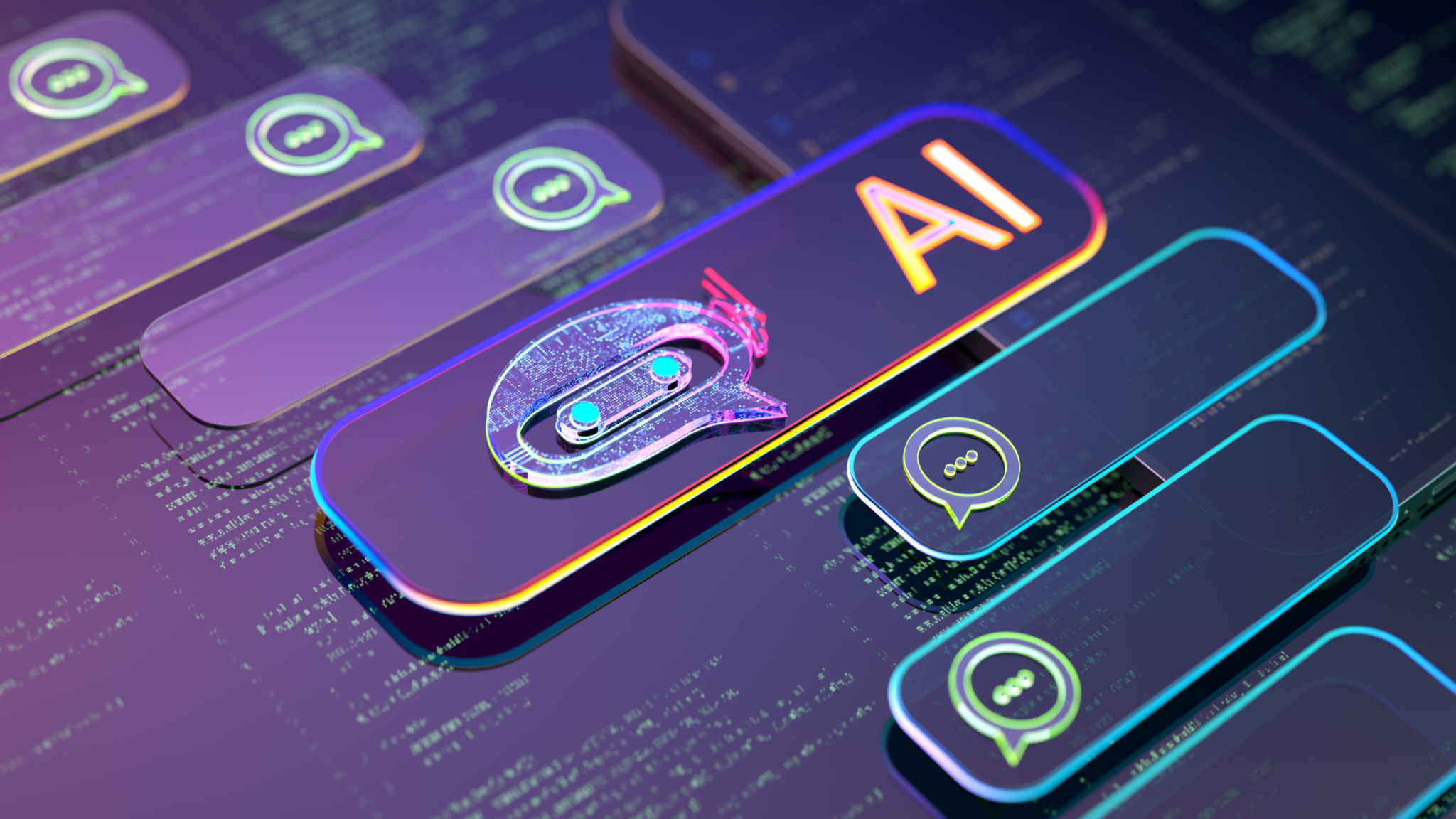Common Misconceptions About AI in Public Speaking
Artificial Intelligence (AI) has made significant strides in various fields, including public speaking. However, the integration of AI into this domain is often clouded by several misconceptions. Clarifying these can help us better appreciate the potential and limitations of AI in enhancing our speaking engagements.

Misconception 1: AI Replaces Human Speakers
A prominent misconception is that AI can fully replace human public speakers. While AI can assist in speech generation and presentation, it lacks the emotional depth and spontaneity that human speakers bring to an audience. AI tools can enhance a speaker's abilities but cannot replicate the nuanced human touch that captivates listeners.
Misconception 2: AI Delivers Emotionless Presentations
Another common belief is that AI-generated content is devoid of emotion. While AI lacks genuine emotions, it can be programmed to mimic emotional expressions and intonations. This capability allows AI to deliver speeches that appear engaging, although they may not resonate on the same level as a passionate human speaker.
Enhancing Emotional Impact
AI can analyze audience reactions and feedback to adjust its tone and delivery, making the speech more relatable. However, the authenticity of human emotions is something AI can only strive to replicate, not truly embody.

Misconception 3: AI Lacks Creativity
Many assume AI cannot be creative due to its reliance on algorithms and data. However, AI can generate innovative content by analyzing vast amounts of information and identifying patterns. This capability allows AI to provide fresh perspectives and ideas that might not be immediately apparent to human speakers.
Creative Assistance
AI tools can assist in brainstorming and developing content outlines, helping speakers craft more engaging and informative presentations. While AI can offer creative inputs, the ultimate creative direction remains in the hands of the human speaker.

Misconception 4: AI is Only for Tech Experts
Some believe that using AI in public speaking requires advanced technical knowledge. In reality, many AI tools are designed with user-friendly interfaces, making them accessible to individuals without a technical background. These tools often come with intuitive features that simplify the process of incorporating AI into presentations.
Accessibility and Ease of Use
Thanks to advancements in user interface design, public speakers can easily integrate AI tools into their workflows. This accessibility ensures that AI benefits are available to a broad audience, not just tech-savvy individuals.
In conclusion, AI offers remarkable potential to enhance public speaking, but it is crucial to dispel misconceptions that may hinder its adoption. By understanding what AI can and cannot do, speakers can effectively leverage technology to enrich their presentations and better connect with audiences.